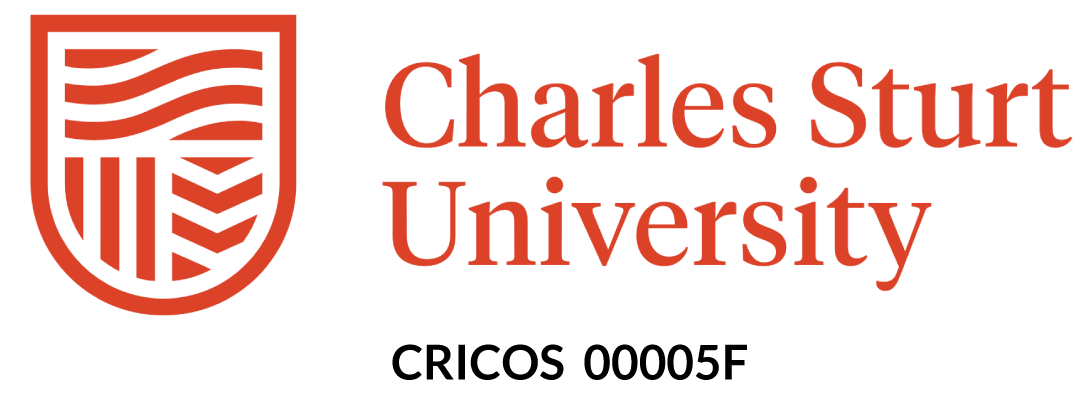STEM – which refers to the fields of science, technology, engineering and maths – is a multidisciplinary sector bursting with innovation and opportunity. While diversity and inclusion are core pillars of the Australian workforce, women only make up 28 per cent of STEM workers.
While there is still work to be done, STEM is gradually becoming a more equitable field, with more women entering the industries. In fact, the Australian Government solidified its commitment to achieving gender equality in STEM by announcing a $6.7 million investment into the initiative earlier this year. In its statement, the Australian Government recognised the importance of female participation and leadership in the future success and sustainability of STEM sectors.
We spoke to Charles Sturt University’s Dean of Science, Professor Megan Smith, about her journey studying applied sciences and working in STEM-related academia as a woman. In our chat, Professor Smith also offered some expert advice for young women studying STEM or looking towards a career in STEM.
1. Reach out to mentors
At any stage of your career progression, mentorship is valuable as it allows you to feel connected to a community and have a role model.
“People are really generous,” says Professor Smith.
As a result, she continues, female students shouldn’t be afraid to ask questions or seek advice. She encourages women to be brave and reach out to academics. More often than not, these distinguished individuals are more than happy to support students in their endeavours.
2. Join women in STEM organisations, clubs and societies
Education providers boast an impressive range of clubs and societies that offer fantastic opportunities for women to make friends and network. Here, you can also find like-minded people who understand the ups and downs of being a woman in STEM.
There are also several external women in STEM organisations you can join. For example, Women in STEM Ambassador is a government initiative designed to “make STEM a place for all Australians.”
Professor Smith also recommends Science in Australia Gender Equity (SAGE), which aims to advance gender equity in the science education sector. You can choose to attend events or even get involved as a volunteer for any of these organisations for women in STEM. These experiences will not only help you build a community but will give you insight into the realities and requirements of your industry.
3. Hold onto your passion for STEM
Everyone’s drive to become involved in STEM is different. No matter what yours may be, it’s vital to embrace that passion throughout your studies and career. Doing so will help you enjoy the experience to the fullest, even amid the challenges you might face. Plus, by allowing yourself to be captivated by the world of STEM, you will have a better idea of which specialisation you want to pursue.
Recalling her own personal experience, Professor Smith explains that what drew her to STEM was that “feeling of fascination, especially with how the theory of science can be applied to the real world.”
4. Explore scholarships for women in STEM
Australian institutions, organisations and government entities recognise the importance of female contribution to STEM. As a result, many offer scholarships for women in STEM to incentivise them to get involved in these industries.
In January 2022, the Department of Industry, Science and Resources announced $13 million in funding in the latest round of Women in STEM and Entrepreneurship grants. This is the largest amount of funding in the grant scheme to date. The Department also offers funding through a number of its programs designed specifically for women in STEM.
You can also consult your prospective or current education provider’s website to learn more about the available scholarships for women in STEM.
5. Be aware of your own biases and assumptions
Even though you may not be aware of it, everyone harbours internal biases and/or assumptions due to societal stereotypes. For example, you may think that, as a woman, you are less worthy of becoming involved in STEM than your male counterparts.
This is completely untrue, so if you notice these biases in yourself, challenge them and remind yourself of your worth. A great starting point is to look at successful female role models in STEM sectors. This will help you realise the capacity for female success in these industries despite the barriers they face.
6. Speak up against biases and barriers
Once you’ve recognised the biases around you (including your own), it’s vital to speak up about them. Doing so is a key step in eliminating the barriers that prevent women from becoming involved in STEM, such as sexism and gender stereotypes.
While Professor Smith doesn’t recall feeling any overt sexism in the early stages of her career, she concedes that “looking back, maybe I did experience it.”
She adds that many women feel reluctant to call out biases and/or stereotypes because they feel that this could harm their career growth. However, for more women to contribute to the fields of STEM, it’s essential to build a supportive community. By speaking out against biases and barriers, you will help dissolve them for your own and future generations.
7. Remember that self-belief is crucial
In addition to external barriers, Professor Smith emphasises that a lack of self-belief can prevent women from attaining their potential. Remember that you are deserving of achieving your goals, she says, regardless of what others may think. With a mixture of hard work, drive and self-confidence, your dreams are within reach.
Named the #1 university for graduate employment, Charles Sturt University is the ideal place to begin your study journey in STEM. With campuses across New South Wales’ and industry-connected faculty members, you’ll receive all the knowledge and skills you need to succeed in these exciting industries.
Charles Sturt University is an Australian University, TEQSA Provider Identification: PRV12018. Charles Sturt University CRICOS Provider Number: 00005F






